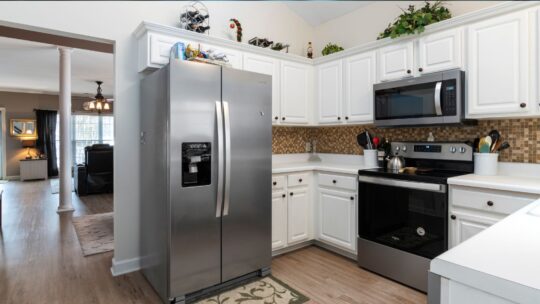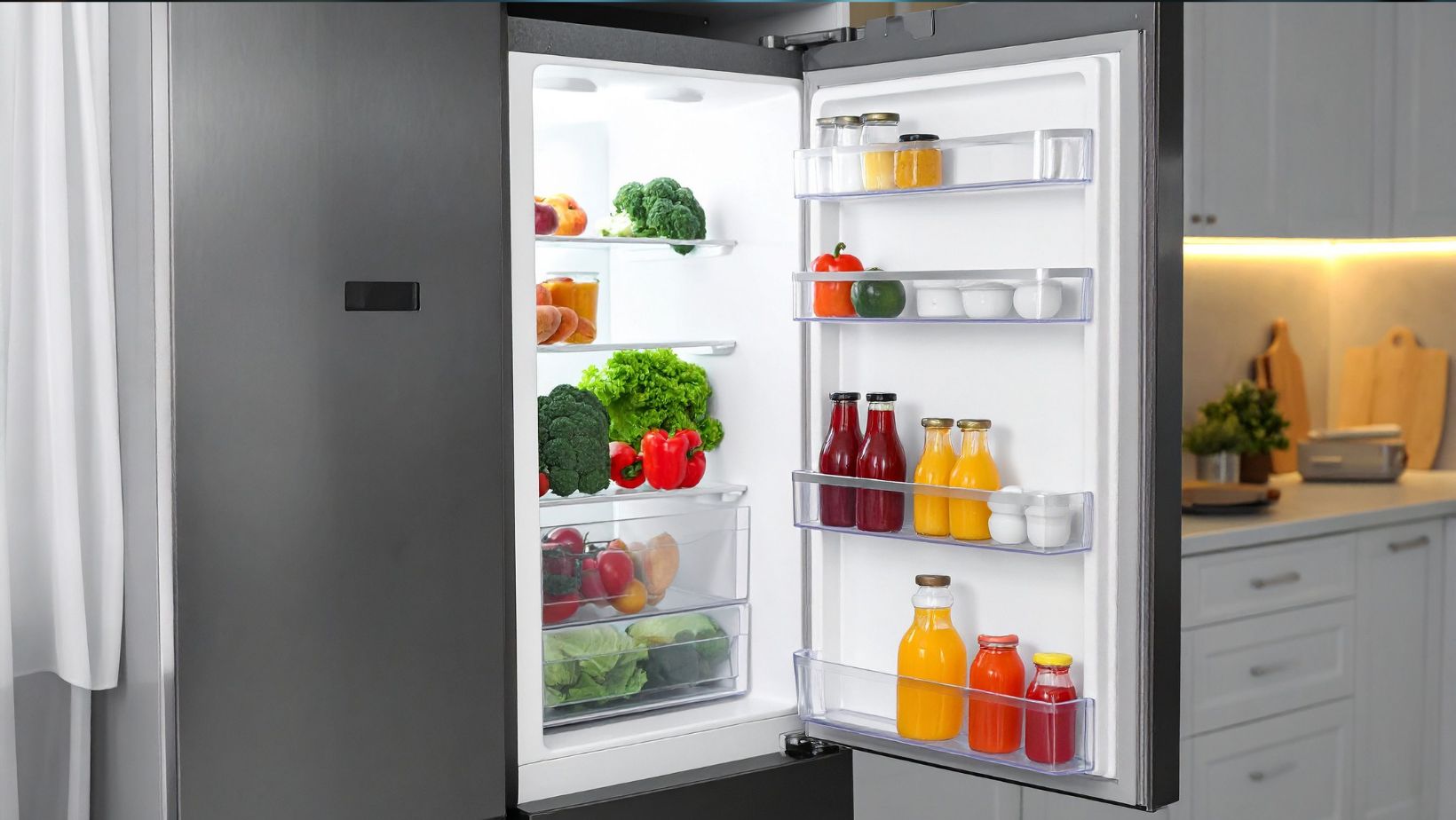
A refrigerator is one of the most essential appliances in any home, preserving food and keeping beverages cold. However, when a refrigerator starts malfunctioning, it can disrupt daily routines and lead to food spoilage. One of the most common causes of refrigerator issues is a faulty thermostat. The thermostat regulates the internal temperature of the appliance, ensuring that it maintains the correct cooling levels. When it stops working properly, the refrigerator may become too warm, too cold, or completely fail to maintain a stable temperature. We will explore how to identify signs of a malfunctioning thermostat, steps to safely remove it, and how to install a replacement unit, allowing the refrigerator to function efficiently once again. Understanding this process can save time, reduce repair costs, and prevent unnecessary food waste.
Identifying and Replacing a Faulty Thermostat
- Recognizing Signs of a Faulty Thermostat
A refrigerator with a faulty thermostat often shows several noticeable symptoms. The most obvious sign is an inconsistent temperature inside the fridge or freezer compartments. Food may spoil faster than usual, or some areas may freeze while others remain warm. Another indicator is that the appliance runs constantly without shutting off. Normally, a refrigerator cycles on and off as needed to maintain the set temperature. If it never stops running or cycles too frequently, the thermostat may be malfunctioning.
Strange noises can also accompany thermostat problems, such as clicks or buzzing sounds near the control area. Checking the temperature with a thermometer over several hours can help confirm irregularities. If replacement is necessary, visiting a trusted shop for refrigerator repair parts ensures you get the correct components that match your appliance model. A stable reading that deviates significantly from the setting typically points toward a thermostat that needs replacement.
- Safety Precautions Before Starting the Replacement
Before attempting any repairs, it is crucial to disconnect the refrigerator from the power source. Working with electricity can be dangerous, and unplugging the appliance prevents accidents. Ensure you have proper lighting and a clean workspace. If the refrigerator has removable shelves or drawers, take them out to provide easier access to the thermostat area. Wearing gloves is advisable to protect hands from sharp edges or broken components. Having a small container to hold screws and parts can prevent losing essential components during the repair process. Taking photographs of the thermostat and wiring before removal is also helpful, as it provides a reference when installing the new unit. Clear organization and careful handling reduce the risk of damage and simplify reassembly.
- Locating the Thermostat
The thermostat in most refrigerators is located inside the main compartment, often near the top or behind the temperature control dial. In some models, it may be behind a plastic or metal cover that protects it from accidental contact. Carefully remove any screws or clips holding the cover in place. The thermostat usually has two or three wires connected to it. Identifying the correct thermostat model for your refrigerator is critical, as replacement units are designed to match the specific make and function.

Using an incorrect thermostat can result in improper cooling or further damage to the appliance. Manufacturer manuals or reliable parts websites provide guidance on selecting the appropriate replacement unit.
- Removing the Faulty Thermostat
After locating the thermostat, the next step is to disconnect the wiring. Carefully note the position of each wire, or use previously taken photographs as a reference. Some models may use push connectors, while others have screws or clips holding the wires. Use a screwdriver or pliers as needed, and avoid pulling on the wires themselves to prevent damage. Once the wires are detached, remove any screws or fasteners securing the thermostat in place. Gently take out the faulty unit, making sure not to bend or break the capillary tube, if present. Proper removal ensures the refrigerator remains undamaged and ready for the new thermostat installation.
- Installing the New Thermostat
Installation of the replacement thermostat is generally the reverse of removal. Carefully position the new thermostat in the same location as the old one. Secure it with screws or fasteners provided with the unit. Reconnect the wires exactly as they were on the previous thermostat, double-checking to ensure proper placement. If the thermostat has a capillary tube, handle it gently to avoid kinks that could impair temperature sensing. Replace any covers or panels that were removed to access the thermostat. Once the unit is fully secured, plug the refrigerator back into the power source. Setting the thermostat to the recommended temperature and observing the appliance for a few hours helps confirm that it is functioning correctly.
- Testing and Final Adjustments
After replacing the thermostat, monitoring the refrigerator’s performance is essential. Use a thermometer to check the internal temperature over a period of several hours or a full day. The fridge should maintain a stable temperature according to the manufacturer’s specifications. Listen for normal cycling sounds and check that food is staying at the correct temperature. If the appliance continues to show irregular cooling patterns, recheck the wiring and thermostat placement. Minor adjustments to the temperature dial may also be necessary to fine-tune performance. Consistent monitoring ensures that the replacement process was successful and the refrigerator operates efficiently.
Understanding the function of a refrigerator thermostat and knowing how to identify when it fails is essential for maintaining a properly working appliance. Careful attention to safety, accurate identification of the correct replacement unit, and methodical installation ensure the refrigerator returns to optimal operation. Observing temperature stability and appliance cycling after replacement confirms success. By following these steps, the frustration of inconsistent cooling and spoiled food can be avoided. Replacing a thermostat may seem daunting at first, but with careful preparation and systematic execution, it becomes a manageable and rewarding task that restores the reliability of one of the most important appliances in the home.


















